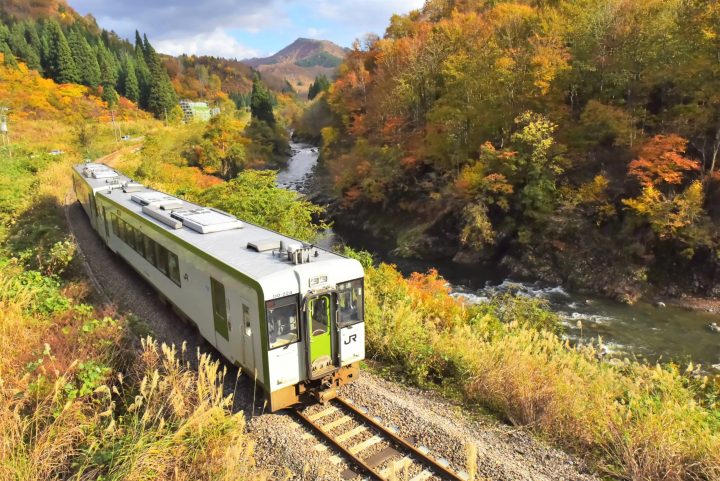Take home the beautiful Mumyoi ware as a souvenir. Sado Gold Mine and Traditional Red Clay Crafts in a Drift of Diverse Nature and Culture

Sado City, Niigata Prefecture, where you can enjoy seasonal nature in a warm oceanic climate. On a remote island 30km away from the mainland, there is a type of pottery called Mumyoi-yaki. We would like to introduce beautiful pottery made using red clay from Sado Gold Mine, Japan's largest gold and silver mine.
Another “gold” born from the diverse nature and Sado Gold Mine
Sado Island is the largest remote island on the Sea of Japan side. The area is equivalent to the 23 wards of Tokyo, and consists of two mountainous areas called Osado and Kosado, and the breadbasket sandwiched between them. Due to the influence of warm ocean currents, summers are cooler and winters warmer than on the mainland. Most of the island is designated as a quasi-national park or prefectural natural park, and you can enjoy the beautiful nature of each season throughout the year. Because the 38th parallel of latitude passes through the center of the island, plants that can be found in both the north and south of Japan grow naturally, and you can see a microcosm of the vegetation of the Japanese archipelago.
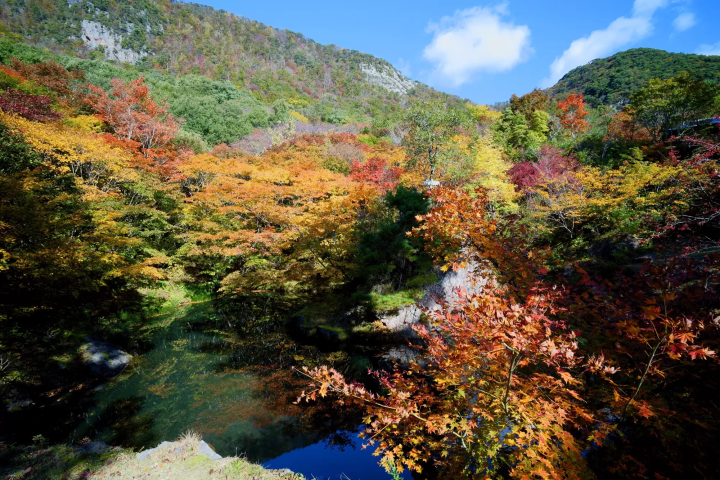
Sado Island has a large amount of gold and silver reserves, producing 78 tons of gold and 23.30 tons of silver in about 400 years. The Mumyoi ware we are introducing today is made from the red clay produced in the Sado Gold Mine. The vermilion clay is so beautiful that it looks like another gold.
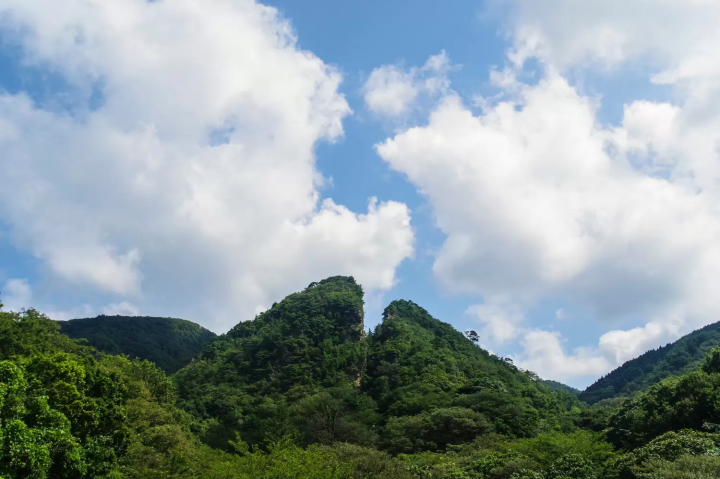
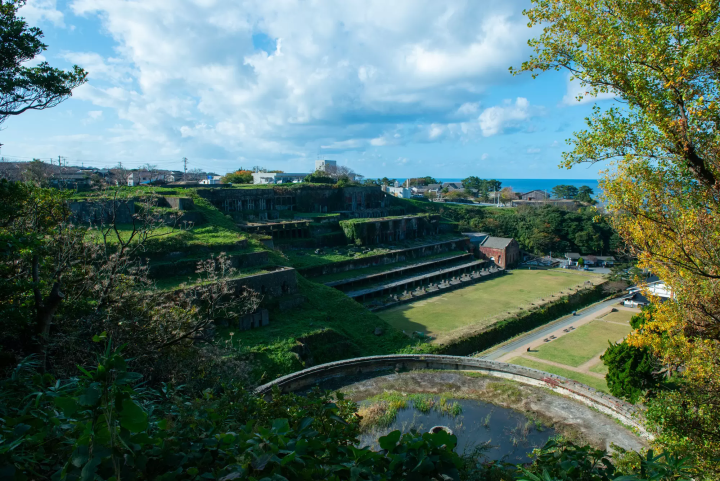
The beginning and charm of Mumyoi ware
Mumyoi ware is a type of pottery made from red clay produced in Sado Gold Mine, Japan's largest gold and silver mine. The red clay, called Mumyoido, contains a large amount of iron oxide and manganese, and was used as a medicine in the past, as it is effective in treating hemostats and paralysis. At the beginning of the 19th century, Raku ware began to be made using this red clay extracted from the mines of the gold mine. At first, the quality was fragile, but after repeated trial and error to make it hard, they succeeded in firing it at a high temperature in the Meiji era, and the hardened Mumyoi ware of today was completed. Using water to refine the clay, elutriation is used to make the particles finer and the potter's clay has a high shrinkage rate.
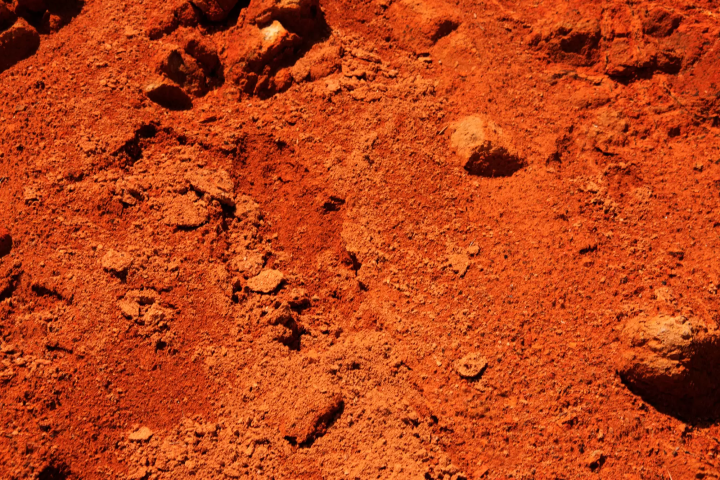
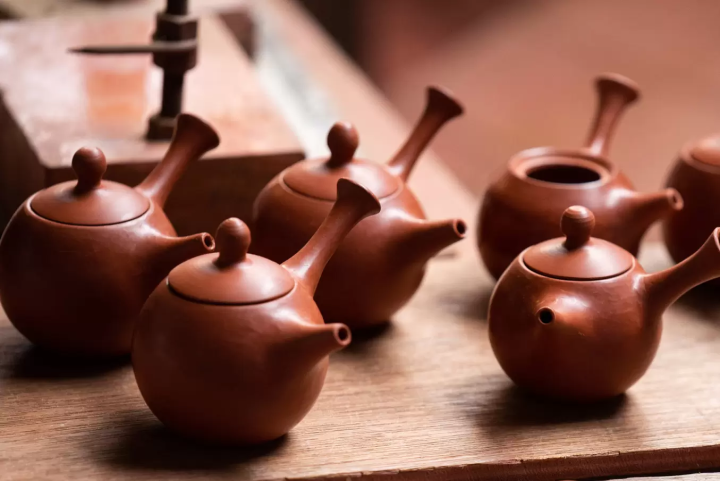
The fired red Mumyoi clay emits a clear metallic sound when struck very hard, and the deep vermilion color produced by firing becomes more lustrous the more it is used, giving it a calm and tasteful texture. It lasts. In recent years, each kiln has developed glazes and tried various shapes, creating products full of color.
Mumyoi-yaki Develops in a Drift of Culture
If you look around the kilns on the island, you will come across a wide variety of Mumyoi ware. When it comes to Mumyoi ware, it is common to think of fired red clay, but the culture of Sado, which was nurtured by a mixture of the aristocratic culture of Kyoto, the samurai culture of Edo, and the culture of the townspeople of Saigoku, has a variety of specialties. It is the source of new Mumyoi ware in Nakatachi. If you think that you have found elegant painted pottery, you will also see things with a deep blue glaze that reflects the beautiful sea of Sado, and rainbow Tenmoku glaze that shines in seven colors.
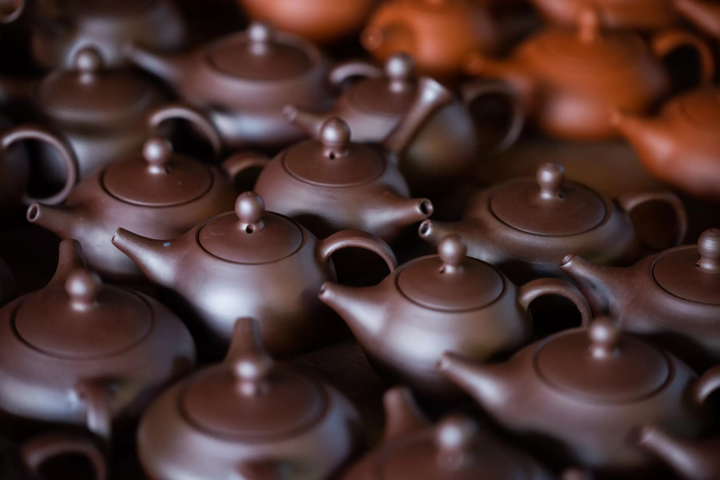
Among them are Yakishime pottery that does not stick to Mumyoi clay, and new Mumyoi ware is born based on the unique understanding of the potter and the artist. This aspect is probably the result of Sado's unique culture, where foreign culture and ancient culture are fused together as a "drift of culture." Please come and meet the beautiful Mumyoi ware in the rich nature and fascinating culture.
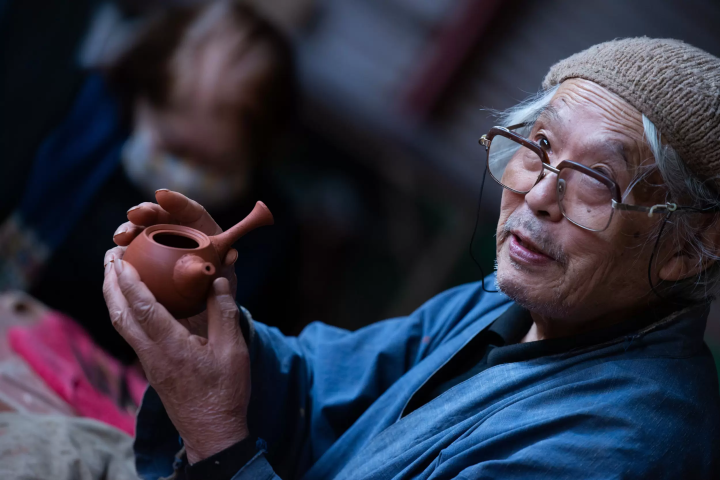
Inheriting and challenging the 130-year-old tradition of "Kunisan Kiln"
At Yashichiro, a pottery studio operated by Kunisan Kiln, a pottery that has been in business for 130 years, you can come across pottery in a variety of colors, including the vivid vermilion color of Mumyoi clay. Colorful pottery that is suitable for modern sensibility will naturally fit into your life and add a little color to your daily life.
At the workshop, you can observe the kiln and workshop, and touch the products while feeling the atmosphere of the site where Mumyoi ware is born.
*When visiting the workshop, it may not be possible to observe it depending on the time of year, so please contact us in advance via DM on Instagram.
Yashichiro Pottery---------------------------------------------- -------
1025-1 Kaizuka, Sado City, Niigata Prefecture
Website: https://yashichirou876.stores.jp/
Instagram: https://www.instagram.com/tami0501/
Twitter: https://twitter.com/y2yizJQDRUIdcUt
We will introduce you to the unconventional sights, such as the workshops that inherit the tradition while challenging to update, the daily activities of the craftsmen, and the expressive nature that continues to inspire creations. In order to share the richness of the future with you and hand down the crafts of Japan's production areas to the future, we will continue to discover and disseminate the charm of production areas today. For travelers, by interacting with craftsmen and craftsmen, connecting the past and the future, a rich time to deeply appreciate the day called today. To the production areas, help hand over the rich crafts of Japan to the future. Through their travels and spending time in conversation, they will create new discoveries of Japan and connections with new friends.
The contents on this page may partially contain automatic translation.





